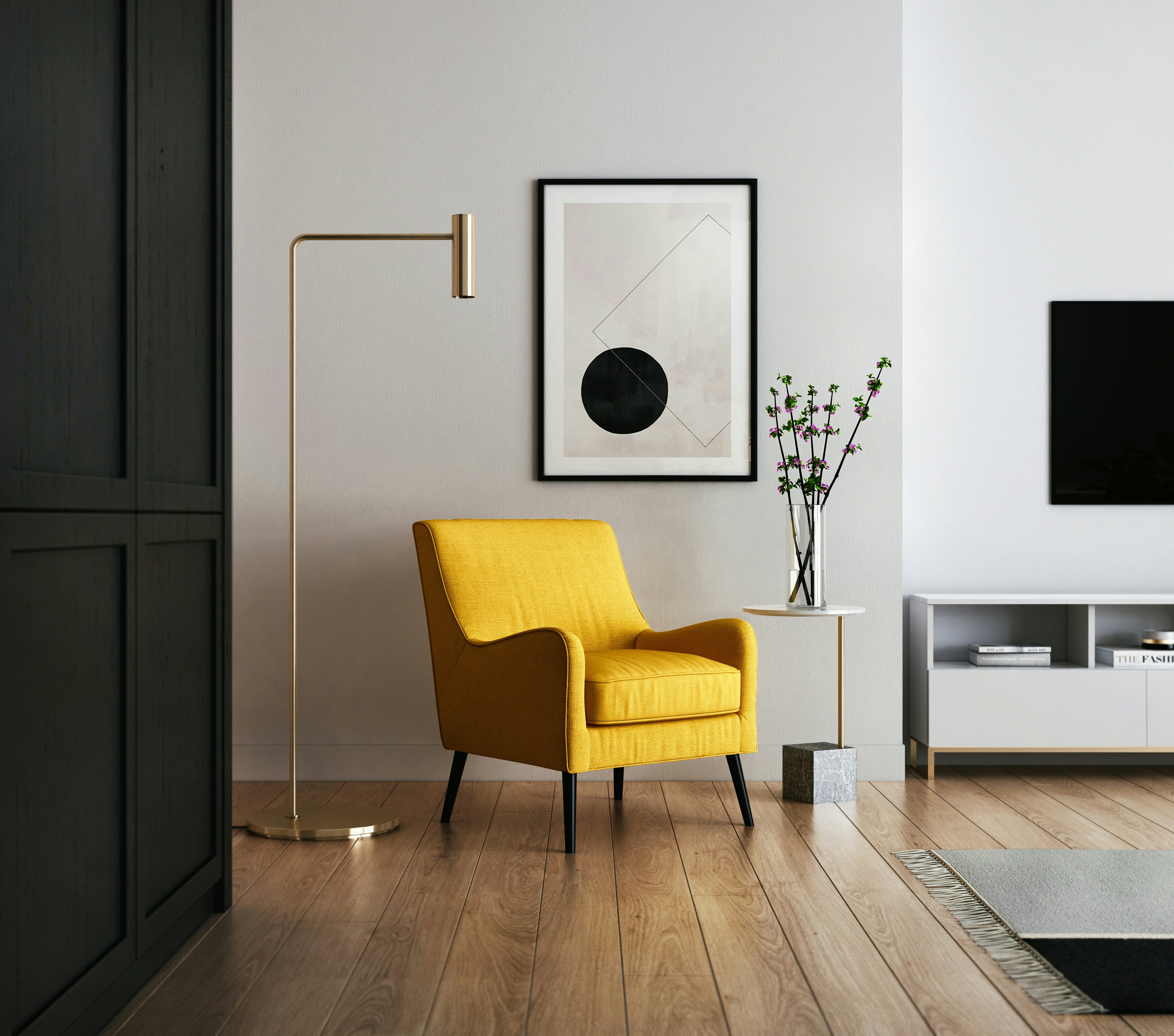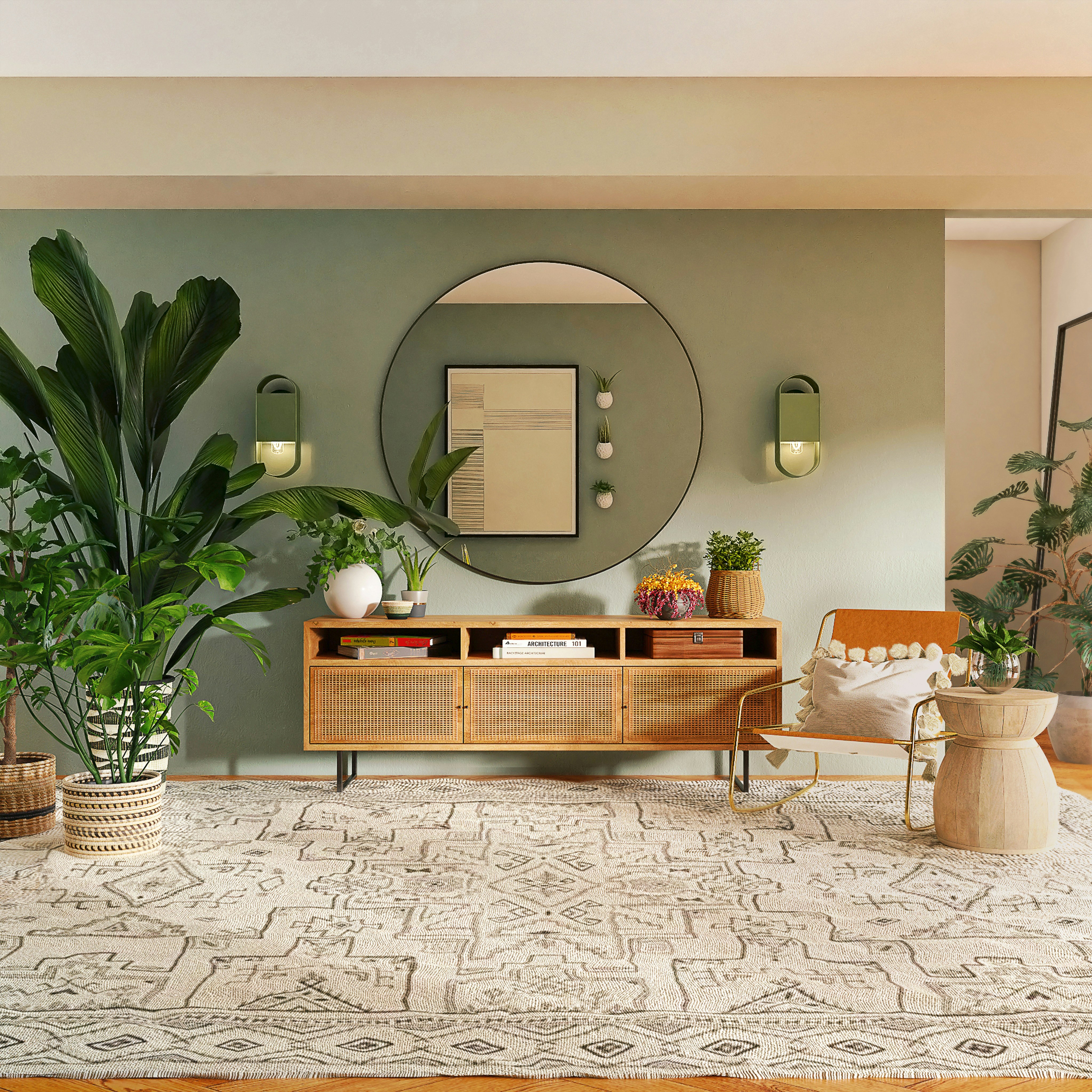Exploring the World of Furniture Stores: A Shopper’s Guide
mars 26, 2025 | by wajdi@casashop.com.tr
 Photo by Thought Catalog on Unsplash
Photo by Thought Catalog on Unsplash Understanding Different Types of Furniture Stores
The landscape of furniture shopping is diverse, accommodating a range of styles, budgets, and preferences through various types of furniture stores. Each category offers distinct characteristics that can significantly influence the shopping experience.
Big-box retailers are perhaps the most recognizable type of furniture store. These large chains, such as IKEA and Walmart, provide a vast selection of furniture at competitive prices. They often emphasize affordability and convenience, appealing to budget-conscious shoppers. However, while these retailers may offer lower prices, the trade-off can sometimes be a lack of personalized customer service, as staff may be less available to provide assistance compared to smaller outlets.
In contrast, specialty furniture boutiques cater to consumers seeking unique or high-end pieces. These stores often focus on specific styles, such as mid-century modern or artisanal craftsmanship. The prices in specialty boutiques can be higher due to the quality of the materials and the craftsmanship involved. Additionally, the level of customer service typically excels, with knowledgeable staff who can provide tailored advice and design consultations, enhancing the overall shopping experience.
Second-hand shops and thrift stores present an alternative approach, often featuring a rotating inventory of pre-owned furniture. Shopping at these establishments can yield exceptional deals for those willing to invest time in searching. Sustainable shoppers may particularly appreciate these stores, as buying second-hand contributes to reducing waste. However, customers should be prepared for potential inconsistencies in quality and availability.
With the rise of technology, online furniture stores have transformed the shopping landscape. Websites such as Wayfair and Overstock allow consumers to browse extensive catalogs from the comfort of their homes. Online shopping offers convenience and often competitive pricing, although it may lack the tactile experience of physically testing furniture before purchase. Some online retailers have begun incorporating augmented reality tools to help buyers visualize items in their own spaces.
Understanding these different types of furniture stores can aid shoppers in making informed decisions that align with their budgeting, styling, and convenience needs. Each type presents unique opportunities to enhance any living area, making the selection process both exciting and daunting.
Tips for a Successful Furniture Shopping Experience
When embarking on the journey of furniture shopping, it is essential to approach the process with a clear strategy in mind. One of the first steps is creating a budget. Determine how much you can allocate for furniture purchases while keeping in mind other expenses associated with furnishing your home. This financial planning will help narrow down options and focus on what is feasible without exceeding your financial limits.
Accurate measurement of your spaces is crucial. Before visiting furniture stores, measure the dimensions of the rooms where you plan to place new items. This includes accounting for doorways, stairways, and floor space to ensure that the chosen furniture will fit seamlessly into your home. Having these measurements noted can prevent the disappointment of finding the perfect piece only to discover it does not fit.
Prioritizing quality and durability is another significant aspect of furniture shopping. Investing in pieces that are well-constructed and made from durable materials might seem like a higher upfront cost, but these items often provide better long-term value as they withstand wear and tear. Researching various products in advance allows you to compare options and identify reputable brands known for their craftsmanship.
While at the stores or browsing online, take advantage of customer reviews and ratings. These insights from previous purchasers can offer valuable perspectives on the comfort, durability, and quality of furniture items. Additionally, plan ahead regarding delivery logistics. Confirm the delivery options available, any associated costs, and the return policies should a piece not meet your expectations. Knowing how handles these eventualities in advance can streamline your shopping experience and minimize stress.
RELATED POSTS
View all


